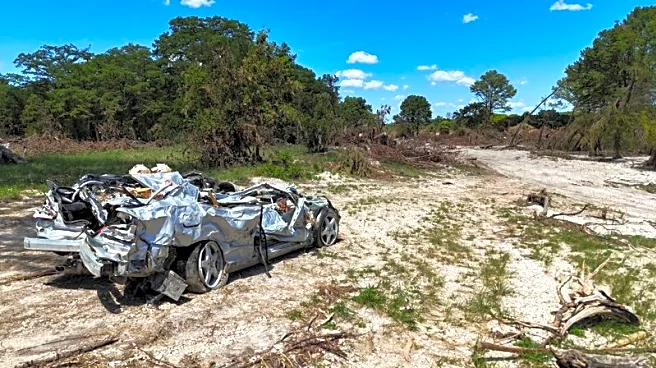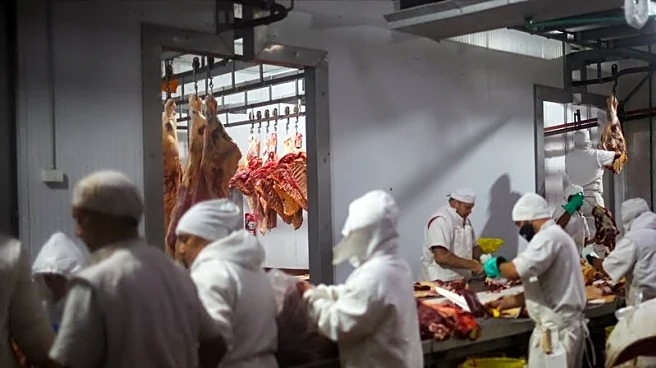What's Happening?
The Farm Service Agency (FSA) offices across Oklahoma are set to reopen on Thursday, despite the ongoing federal government shutdown. Agriculture Secretary Brooke Rollins announced that core operations,
including farm loan processing and disaster relief payments, will resume. The decision comes as part of a contingency plan to ensure that farmers and ranchers can continue managing their operations without interruption. The USDA has committed to releasing $3 billion in aid, with county offices staffed with two employees, five days a week. This move is part of President Trump's efforts to mitigate the impact of the shutdown on critical agricultural services.
Why It's Important?
The reopening of FSA offices is crucial for farmers and ranchers who rely on government support for their operations, especially during harvest season. The federal shutdown has raised concerns about the availability of essential services, and the USDA's actions aim to prevent disruptions in agricultural productivity. By ensuring that key functions continue, the USDA is supporting the agricultural sector, which is vital to the U.S. economy. The decision also reflects the political dynamics surrounding the shutdown, with the administration emphasizing its commitment to protecting farmers from potential adverse effects.
What's Next?
If the shutdown persists beyond 10 days, the USDA plans to have at least one employee per service center on call to complete certain loan processing tasks. The agency's contingency plan will continue to evolve based on the duration of the shutdown and the needs of the agricultural community. Stakeholders, including farmers and agricultural organizations, may advocate for further measures to ensure uninterrupted access to necessary services.
Beyond the Headlines
The situation highlights the broader implications of government shutdowns on various sectors, particularly agriculture. It raises questions about the resilience of federal agencies in maintaining operations during political impasses and the long-term strategies needed to safeguard essential services.













